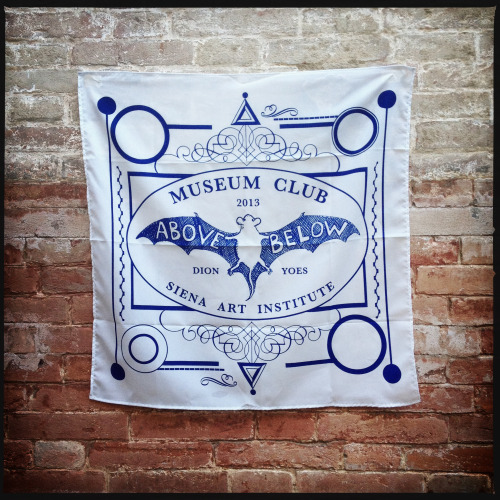Above/Below Ground
The project

Above/Below Ground is a project for the Siena Art Institute by Mark Dion and Amy Yoes. The two American artists explored Siena through the medium of drawing.
Dion and Yoes took as their departure point the idea of two worlds mirrored, yet different: above and below ground. Afterwards, Dion and Yoes used the practice of drawing to connect and map the results of their research into the cultural and geological specificity of Siena.
The artists worked closely with the students at the Siena Art Institute. Research, field trips and discussions contributed to the centuries-old discourse about Siena and its environs. Students were directly involved in the production of the body of work, as well as developing their individual responses to the city.
Above/Below Ground: other contributions
In early November 2013 artists and students went for a walk with Prof. Armando Costantini from the University of Siena to look at these sedimentary outcroppings on the edge of town. Pliocene formations nearby have long been exploited for brick-making. Brick is a common building material in the historic center, but many of the medieval facades would have been plastered over and painted with bright colors.
Professor Marco Giamello gave the artists a tour of the Duomo – Siena’s Cathedral – from a geologist’s perspective. He talked about the various stones that were used in its construction. There is a tendency to assume that the structure as we see it today hasn’t changed since it was built, but in reality it has seen many alterations. The main portal has been moved, the pavements restored, and the details of the facade have been rearranged. One can see past mosaic inlays of colored glass that have been partially hidden by the subsequent addition of marble elements.
The Accademia dei Fisiocritici Natural History Museum
The term “fisiocritici”, used to define the members of the Academy, derives from the union of the Greek words physis (nature) and criticos (judges). Pirro Maria Gabrielli, a professor of medicine and botany, founded Siena’s Accademia dei Fisiocritici in 1691. Originally housed in the Spedale di Santa Maria della Scala, it moved to the Casa della Sapienza in 1694. In 1816 it moved again to a 12th century building, the former Camaldose monastery.
The aim of Professor Gabrielli and his students in founding the Accademia was to study the origins of natural phenomena through experimental verification, an approach that went against the teachings of Aristotle and reflected the new cultural and scientific changes that were sweeping through Europe.
The fisiocritici’s motto is veris quod possit vincere falsa (truths that can refute the false), from the treatise “De rerum natura” (“On the nature of things”) written by Lucrezio Caro, a philosopher and Latin poet who lived in the 1st century BC.
Artribune talked about this project. See the link below: